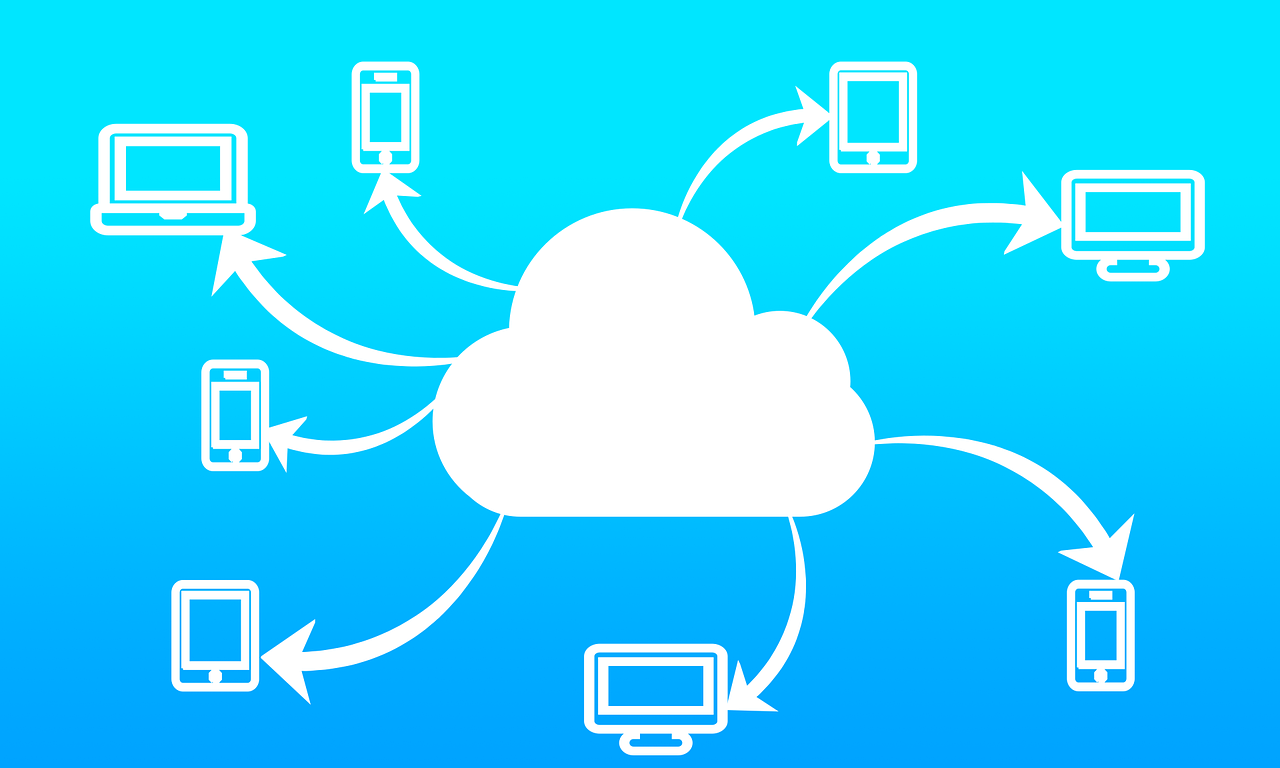Cloud computing has become one of the newer buzzwords in business circles for small and medium-sized businesses. While not all small businesses have started using cloud computing, many find that cloud offers them additional services or storage space for their projects or files. Most companies are accessing the cloud to enhance their ability to share files internally to employees or externally to customers; however, there are many good reasons to add cloud computing to your company’s resource list if you haven’t already done so.
There are many uses of cloud computing that can offer significant business advantages to companies. Cloud computing is a computing model and set of technologies that allows consumers to access cloud services using the Internet on a pay-as-you-go basis.
The cloud is gaining widespread adoption. For many organizations, cloud computing has become an indispensable tool for communication and collaboration across distributed teams. Whether you are on Amazon Web Services (AWS), Google Cloud, or Azure, the cloud can reduce costs, increase flexibility, and optimize resources.
In this article we aim to show you the seen main ways Cloud Computing is being put to good use.
1. Big Data analytics
One of the aspects offered by leveraging cloud computing is the ability to use big data analytics to tap into vast quantities of both structured and unstructured data to harness the benefit of extracting business value. Today’s businesses collect vast amounts of data on all manner of things: customers, operational processes, logistics, machinery health, product condition and much more.
Retailers and suppliers are now extracting information derived from consumers’ buying patterns to target their advertising and marketing campaigns to a particular segment of the population. Social networking platforms are now providing the basis for analytics on behavioral patterns that organizations are using to derive meaningful information.
2. File Storage
There are lots of options for how to store and access your data. There’s the hard drive on your laptop, the external hard drive you use for backing up and transferring data, network file shares, USB drives and more. With so many storage options available, what makes cloud storage unique is that files can be accessed and edited with ease. All you need is an internet connection and you can access your files from any device, anywhere.
3. Disaster Recovery
Do you know how much it would cost you if you didn’t have a business continuity strategy in place? Most of firms that suffer a crisis and do not have a disaster recovery plan in place.
Building a disaster restoration site and evaluating your company continuity strategy has traditionally been a costly and time-consuming process. That doesn’t have to be the case any longer as you may create a disaster recovery system in the cloud using cloud computing. In this strategy, you build a copy of your development site and duplicate data and configure settings on a regular basis.
4. Software Testing and Development
Development of new applications or in-house platforms have never been easy. It required spending, time, and staff that could procure, install, and configure hardware. But with cloud computing, testing and development have become quicker, less expensive, and less complicated.
Testing and development testing are crucial steps to ensure your application can run smoothly, error-free, and usable. In order to successfully test your application, you need a simulated environment that mimics the actual business operations to validate the results.
This is where Cloud Computing comes in to ease your pain of building your own test environments. There are various ready-made environments, tailored to your specific needs at your fingertips.
5. Increasing Collaboration
Collaboration within your company and with other companies has become a global concern. Cloud computing makes collaboration easy no matter where you and your collaborators are physically located because you can all access the project files on a shared cloud space. This type of collaboration can be made private until you are ready to bring your finished work to public attention. Even if you are working from home with other people from your company, the cloud offers more opportunities to work 24/7 with your partners without any restrictions based on available resources.
6. The Internet of Things
An IoT system works by collecting data from large numbers of connected sensors and uses this to make intelligent decisions often using artificial intelligence and machine learning.
The Internet of Things is beginning to transform the way we live our lives and increasing numbers of enterprises are making use of it. To take advantage of the IoT, the cloud is needed to analyze that data and make insights from it.
7. Social Networking
One of the most ignored applications of cloud computing is social networking. Platforms such as Facebook, Twitter and LinkedIn are examples of the Software as a Service (SaaS) cloud computing model. Along with cloud storage, social networking is one of the most common use cases for consumer-driven usage of cloud services. Social media platforms are developed to help you find people you know – or connect with those you don’t know. They also give you many tools for sharing information and data such as tweets, photos, instant messages and posts.
Conclusion
On the whole, cloud computing has been noticed for its value amongst all industries and is going to play a huge role in the development structure of future applications. Applications of Cloud Computing already play a significant role in our daily lives and are here to stay.
With all these uses of cloud computing and the benefits outlined above, there is no reason why you shouldn’t incorporate cloud computing into your business today and gain a competitive advantage.







Leave A Comment